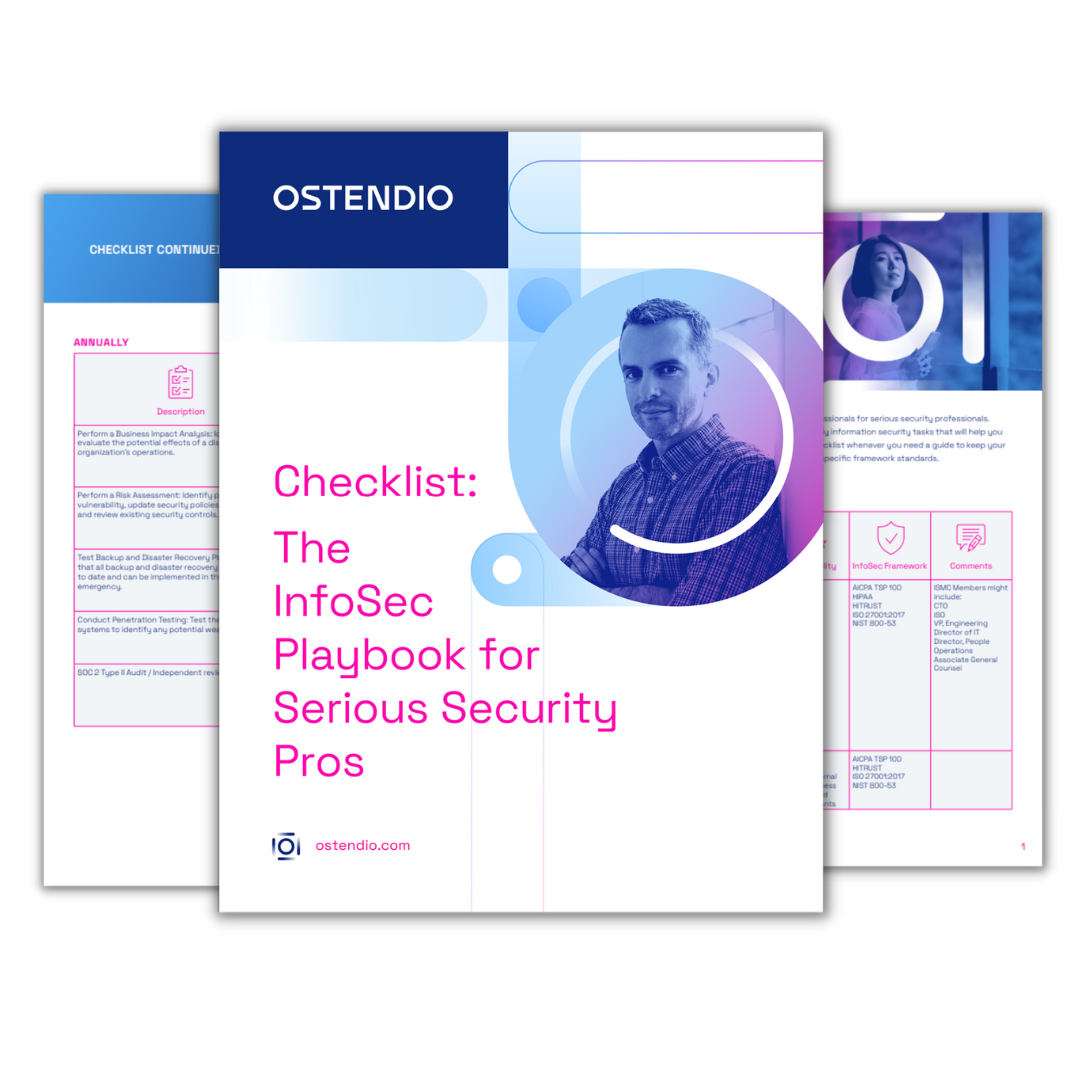Audit readiness: You’re either ready every day—or you’re not ready at all
For many SaMD companies, audits trigger a mad scramble: collecting documents, emailing for acknowledgements, chasing down training records, and hoping nothing important fell through the cracks.
But real audit readiness doesn’t mean looking perfect for a single month out of the year. It means your QMS reflects the truth of your operations—every day.
Auditors, partners, and clients don’t just want documentation. They want to see that your processes are working in real-time, that issues are being addressed as they arise, and that you’ve built a culture of accountability—not just a theater of compliance.
Audit lag time kills trust and creates risk
Here’s the disconnect most SaMD teams face when it comes to audit readiness:
- You complete the work, but the system doesn’t reflect it.
- You assign the training, but no one checks if it’s completed.
- You publish the policy, but employees still reference the old version.
When your QMS relies on manual checklists, spreadsheets, or outdated tools, you’re always playing catching up. That lag creates uncertainty for your team and risk for your product.
Then, when auditors take a peek under the hood, they see that your records don’t match your reality -and confidence in your controls erodes.
What “real-time” really means in quality management
Real-time audit readiness is about visibility, timeliness, and trust. Here’s what it looks like when your QMS is operating in real time:
- Events trigger actions immediately — An incident report creates a task for follow-up, assigns reviewers, and initiates a CAPA, when necessary.
- Tasks are auto-assigned and tracked — New hires are prompted to complete onboarding policies. Compliance owners are reminded when controls are due for review.
- Data flows from activity — The quality system pulls status and timestamps directly from user actions.
- Reports show the full compliance picture — You can view gaps in training, unreviewed policies, or overdue risk assessments.
Most QMS systems focus on documentation. Real-time quality systems focus on execution —turning your processes into enforceable, trackable actions.
Why being audit-ready matters more for SaMD companies
Unlike traditional medical devices, SaMD products iterate quickly. Development cycles are shorter, updates are frequent, and oversight is continuous.
That means lagging controls and static systems just can’t keep up.
If your QMS doesn’t operate at the speed of your business, you’ll fall behind on:
- Keeping design control documentation aligned with evolving features
- Updating risk assessments aligning with product changes
- Showing evidence of control over your supply chain vendors
- Maintaining accurate, real-time training records across growing teams
Five practical audit steps you can take tomorrow
A modern SaMD company can’t afford to treat audit readiness as an annual event. Real trust comes from building systems that reflect your quality program as it actually runs —in real time.
- Audit your audit trail
Pick 2-3 recent processes—like a CAPA, a policy update, or a supplier evaluation—and trace the lifecycle. Was each step captured in real time? Were acknowledgements collected, and is everything timestamped? - Implement “activity-based” tracking
Instead of uploading static checklists or relying on user assertions, set up workflows that log activity automatically when users complete steps—like training, approvals, or risk reviews. - Set a recurring “compliance pulse check”
Create a 30-minute weekly meeting with your team to review key compliance metrics: overdue trainings, CAPAs aging over 30 days, unreviewed vendor documents. You’ll catch small issues before they become findings. - Connect your quality system to daily workflows
Use tools that assign tasks, notify approvers, and escalate overdue tasks —so your system drives behavior, not just records it. - Define your “real-time” report
Ask: What would I want to see on my report if an auditor walked in today? Build those metrics into your weekly routines—whether it’s policy acknowledgments, unresolved issues, or unexecuted controls.
When your quality system runs in real time, audits become confirmation—not cleanup.
The bottom line: When every part of your QMS reflects what's really happening, you don’t need to scramble.
Ready to benchmark your audit readiness and build a quality system that scales with your SaMD product?
Check out the SaMD Compliance Blueprint and 12-Step Action Plan — a practical guide based on lessons learned from real companies just like yours.

June 12, 2025


Comments